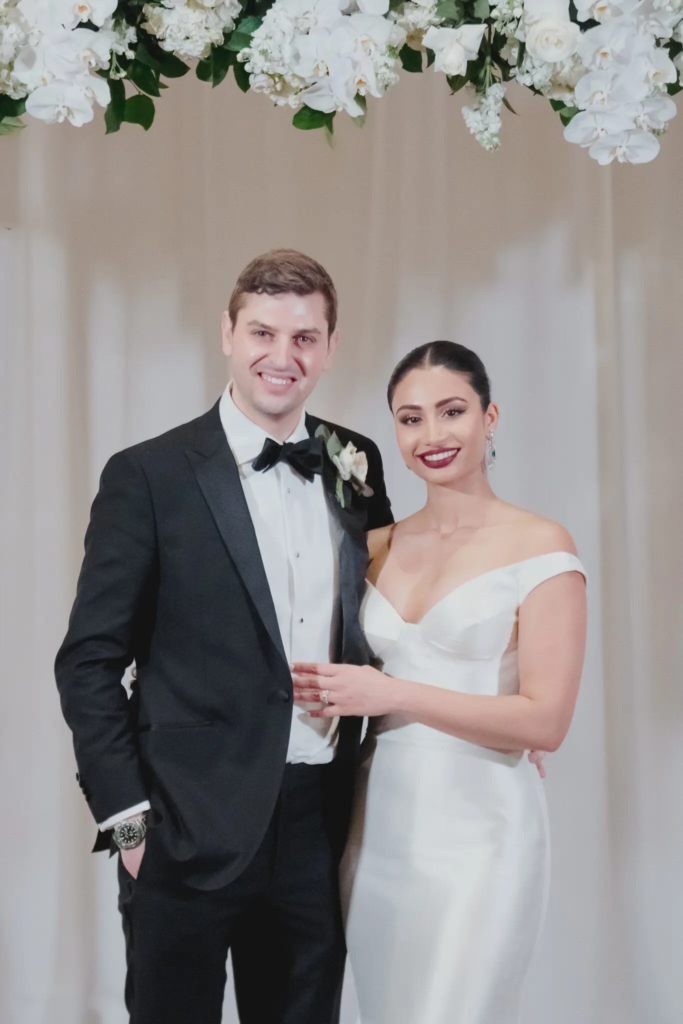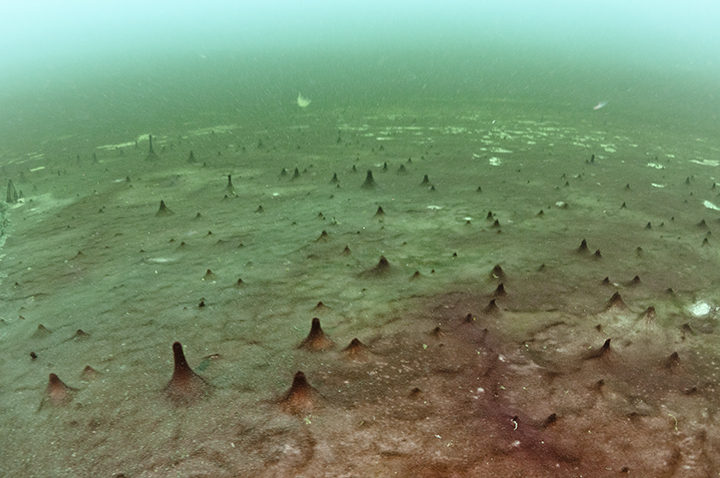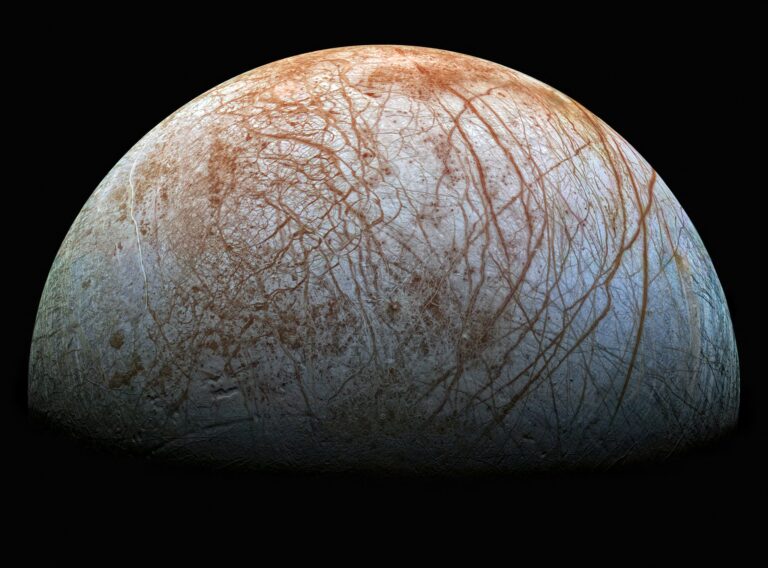Sneha Medappa Maruvanda grew up in India, and Dr. Mark Ross Edelstein, in Virginia. But in getting to know one another, they discovered their backgrounds were strikingly similar.

Don Mears Photography
By the time Sneha Medappa Maruvanda met Dr. Mark Ross Edelstein in person, she feared they might not have anything left to say to each other.
“I was having a bit of a panic attack about meeting,” said Ms. Medappa Maruvanda, 30, who matched with Dr. Edelstein on Bumble in November 2019, and soon became engaged in a two-week-long conversation with him on the app. He was living in Philadelphia, and she in Bala Cynwyd, Penn., a suburb of the city.
“We had over talked,” she said. “He was telling me about his heroes when he was four, how a teacher was very mean to him.”
Another concern, said Dr. Edelstein: “Both of us were a little bit worried about our cultural background differences.” He was raised by Jewish parents in Richmond, Va. Ms. Medappa Maruvanda grew up in a Hindu family and was born in Coorg, a rural district in the Indian state of Karnataka, before moving to Bengaluru, formerly Bangalore, as a young girl.
But when they met up that December at a Cuban restaurant in Philadelphia, neither was at a loss for words. As for their cultures, it quickly became clear that they might not be as different as they had seemed.
“Our backgrounds are very similar in terms of sense of community and family, so I think that made it a lot easier to bridge that cultural gap,” said Dr. Edelstein, 32.
A graduate of the University of Virginia, where he received a bachelor’s degree in sociology and bioethics, Dr. Edelstein earned a medical degree from the Virginia Commonwealth University School of Medicine. He is currently in his fifth year of residency training for interventional radiology at Temple University Hospital in Philadelphia.
Ms. Medappa Maruvanda received a bachelor’s degree in industrial engineering and management from Rashtreeya Vidyalaya College of Engineering in India, then earned a master’s degree in industrial and systems engineering at Rutgers University in New Jersey. She is now a project manager in the Wayne, Pa., office of Johnson Matthey, a multinational chemicals and technology company.
After the couple’s first date, Dr. Edelstein texted his sister, who had asked if he was in love. His reply: “Maybe.”
“I was like ‘Yeah, but that’s insane at this point, one date,’” Dr. Edelstein added. “But I was definitely struck by her.”

Don Mears Photography
Later in December, after their third date, the pair became an official couple. Weeks later, when Dr. Edelstein’s parents visited Philadelphia in January 2020, he told them that he knew Ms. Medappa Maruvanda was the one.
“I’d never met someone so selfless and just truly kind,” Dr. Edelstein said. “It’s never been so easy to be myself around another person.”
Ms. Medappa Maruvanda said her feelings for Dr. Edelstein were solidified six months later, in July 2020, when he met some of her cousins and began asking them questions in Kodava thakk, the language spoken in Coorg.
“I had no idea that he had been Googling this language. And it’s not an easy one to learn because there aren’t many of us,” Ms. Medappa Maruvanda said. “It was just this moment of complete shock to me that he put so much effort into wanting to connect with my cousins.”
On Jan. 15, 2021, Dr. Edelstein proposed to Ms. Medappa Maruvanda in the living room of her apartment in Bala Cynwyd, where the two now live together. A year later, the couple was wed at Main Street Station in Richmond on Jan. 22. Rabbi Jake Rubin, the director of Hillel at University of Virginia, officiated.
At the ceremony, the ketubah was read in English and Hebrew by Mr. Rubin, and in Kodava thakk by Ms. Medappa Maruvanda’s mother. The Seven Blessings were read by Ms. Medappa Maruvanda’s sister and two cousins, and Dr. Edelstein’s brother, sister and two uncles. Afterward, the couple’s 160 vaccinated guests enjoyed a cocktail hour with Indian hors d’oeuvres and music.
In April, the newlyweds plan to travel to Bengaluru for a second wedding celebration. In the meantime, the bride said, “I am most excited by having the monotony of a relationship. I want to do mundane things with Mark. I’m excited to have our own little life together.”
A version of this article appears in print on Feb. 13, 2022, Section ST, Page 13 of the New York edition with the headline: Finding Common Ground in Different Cultures.
source: http://www.nytimes.com / The New York Times / Home> Sytle> Mini-Vows / by Kristej Bayrakdarian / February 11th, 2022



